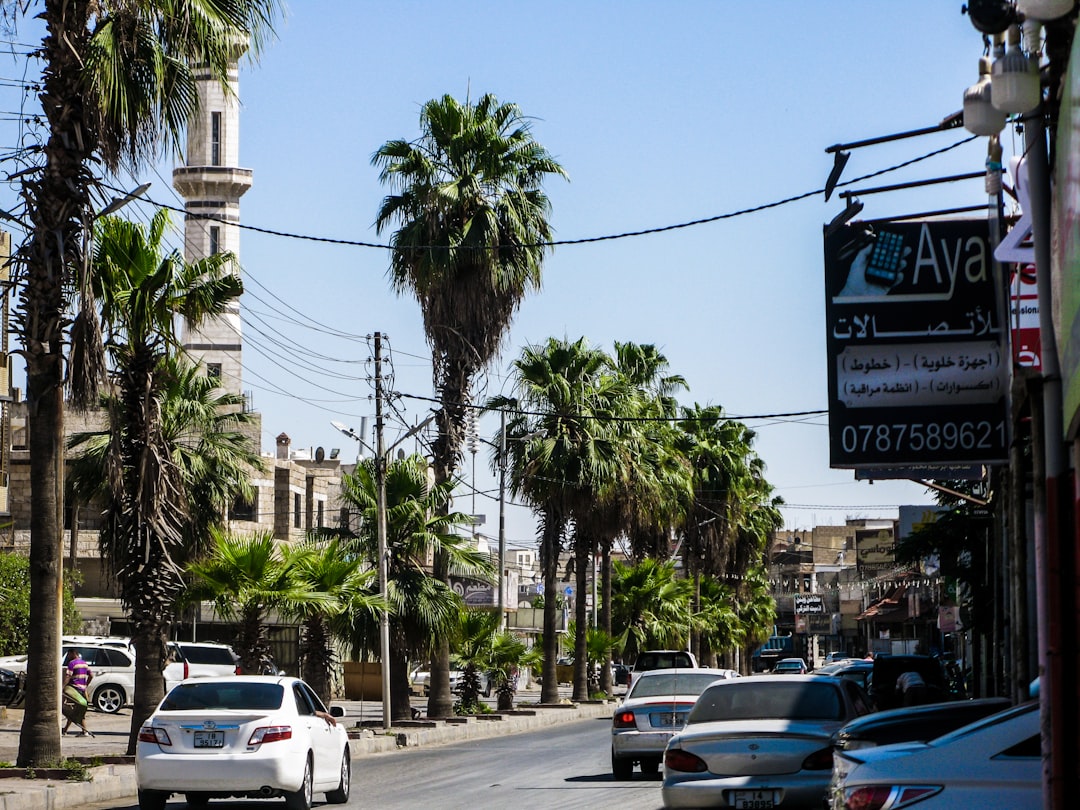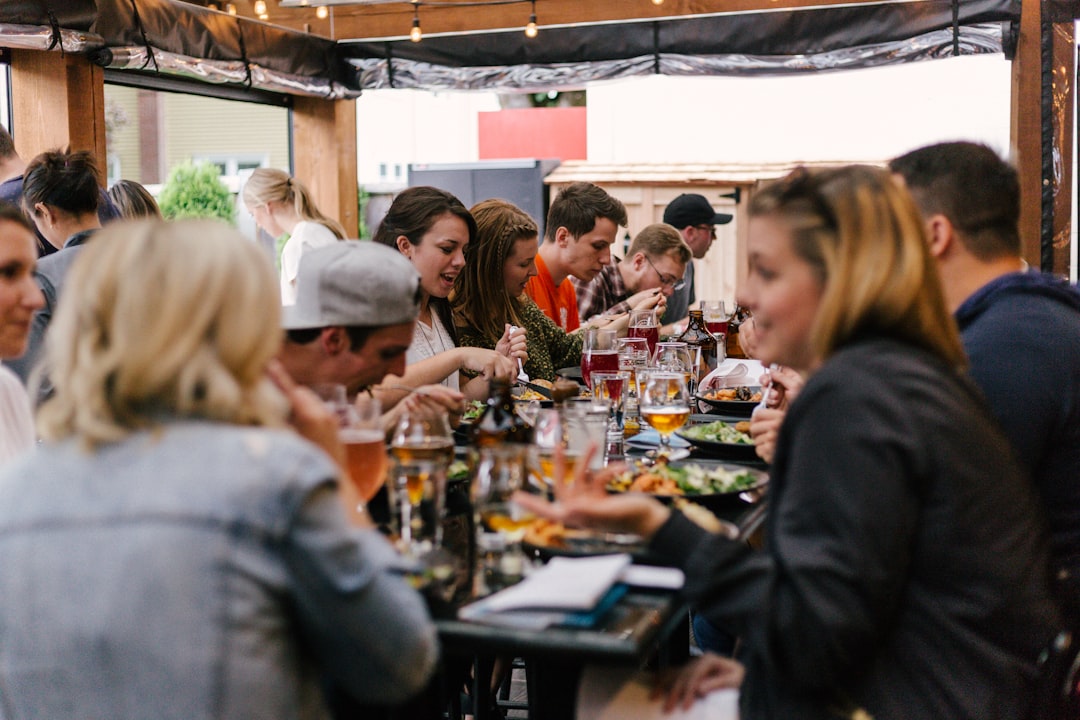What is it about?
CRISPR-Cas gene editing is a new technology being used to fight malnutrition through biofortification of food crops. It is seen as a solution due to its targeted gene editing, low cost, high efficiency, and quick cycle. It has been used to improve the quality of aroma, shelf life, sweetness, starch, protein, and other components in cereal and vegetable crops, as well as make them disease and stress-resistant. This review critically examines the use of the CRISPR-Cas system for biofortification of crops for nutraceutical properties.
Featured Image

Photo by Sangharsh Lohakare on Unsplash
Why is it important?
CRISPR-Cas gene editing is a new technology being used to fight malnutrition through biofortification of food crops. It is seen as a solution due to its targeted gene editing, low cost, high efficiency, and quick cycle. It has been used to improve the quality of aroma, shelf life, sweetness, starch, protein, and other components in cereal and vegetable crops, as well as make them disease and stress-resistant. This review critically examines the use of the CRISPR-Cas system for biofortification of crops for nutraceutical properties.
Perspectives
There is a hugepotential of CRISPR-Cas genome editing to improve the nutritional value of food crops. Not only will this have potential implications for global health and malnutrition, it could also have an impact on the quality of life of individuals who are suffering from the consequences of poor nutrition. The potential for improved food security, increased agricultural productivity, and the development of more resilient crops is promising. I'm hopeful that this technology will be used responsibly to help address malnutrition and reduce the burden of poor nutrition in our communities.
Dr Anurag Yadav
Sardarkrushinagar Dantiwada Agricultural University
Read the Original
This page is a summary of: CRISPR-Based Genome Editing for Nutrient Enrichment in Crops: A Promising Approach Toward Global Food Security, Frontiers in Genetics, July 2022, Frontiers,
DOI: 10.3389/fgene.2022.932859.
You can read the full text:
Contributors
The following have contributed to this page










